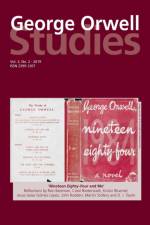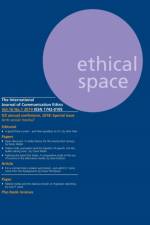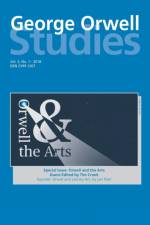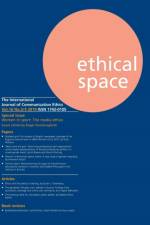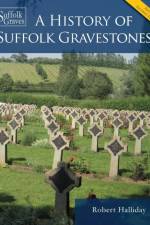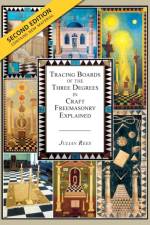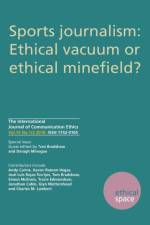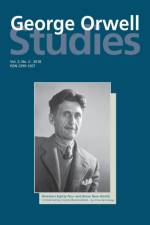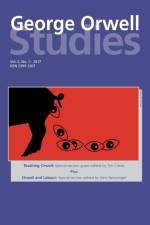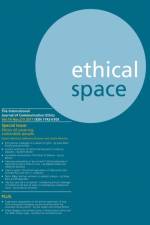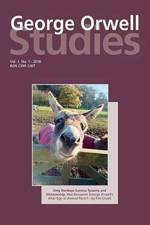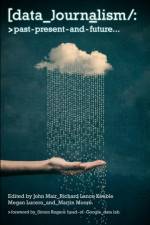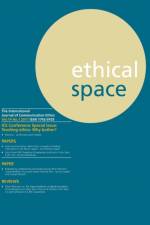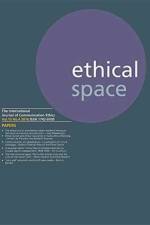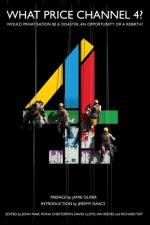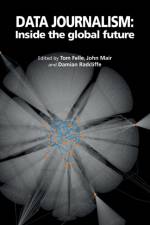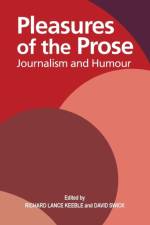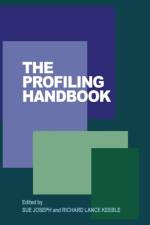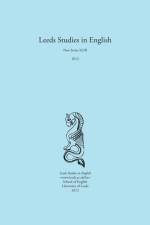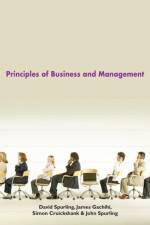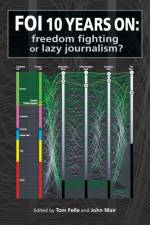299,-
The Profiling Handbook examines the history, theory and journalistic practice of profile writing across a range of countries, including Australia, Brazil, South Africa, the UK and US. Profiles and the practice of writing them are of increasing interest to scholars of journalism because conflicts between the interviewer and the subject exemplify the changing nature of journalism itself. This interesting and multi-layered interaction, however, has rarely been subject to critical scrutiny, partly because profiles have traditionally been regarded as public-relations exercises or regarded as 'soft' journalism. However, essays in The Profiling Handbook, edited by Sue Joseph and Richard Lance Keeble, reveal that profiling has, historically, taken many different forms and that, as a contested space, it can be applied much more widely than to just celebrities. ¿ The first section places the study in an historical context looking at profiles by novelist Charles Dickens up to those of citizens hit by the recent US subprime mortgage crisis. ¿ The second section looks at celebrity profiling, the construction of 'normality' and the tensions between journalism and public relations. ¿ In the next section, profiles focusing on murder, death and dying are examined. ¿ Finally, in a section titled 'The Reflective Practitioner', journalists are seen reflecting on their professional routines. Authors include Pablo Calvi, John Dale, Maree Curtis, Fiona Giles, Grant Hannis, Mandy Oakham, Carolyn Rickett, Gillian Rennie and John David Zuern. The text will be invaluable for students and teachers of journalism, media, communication, celebrity studies, media history and literary journalism.

